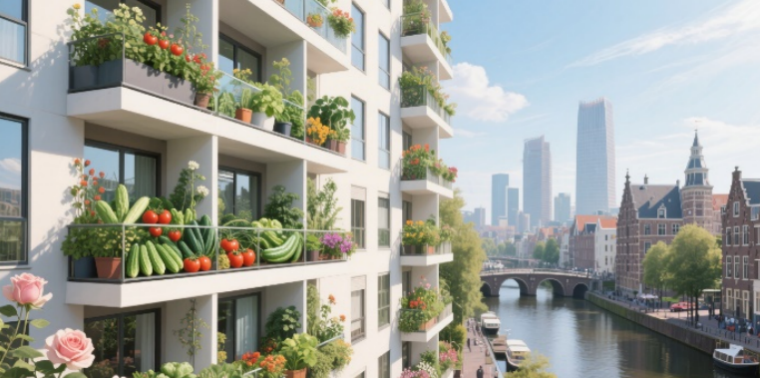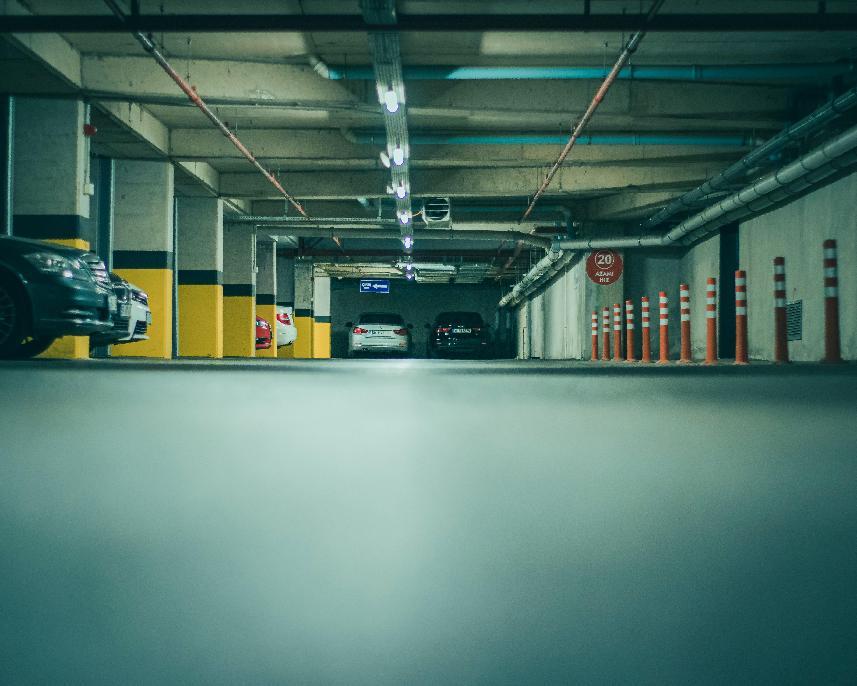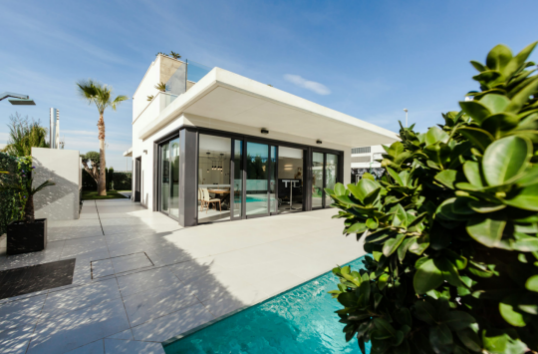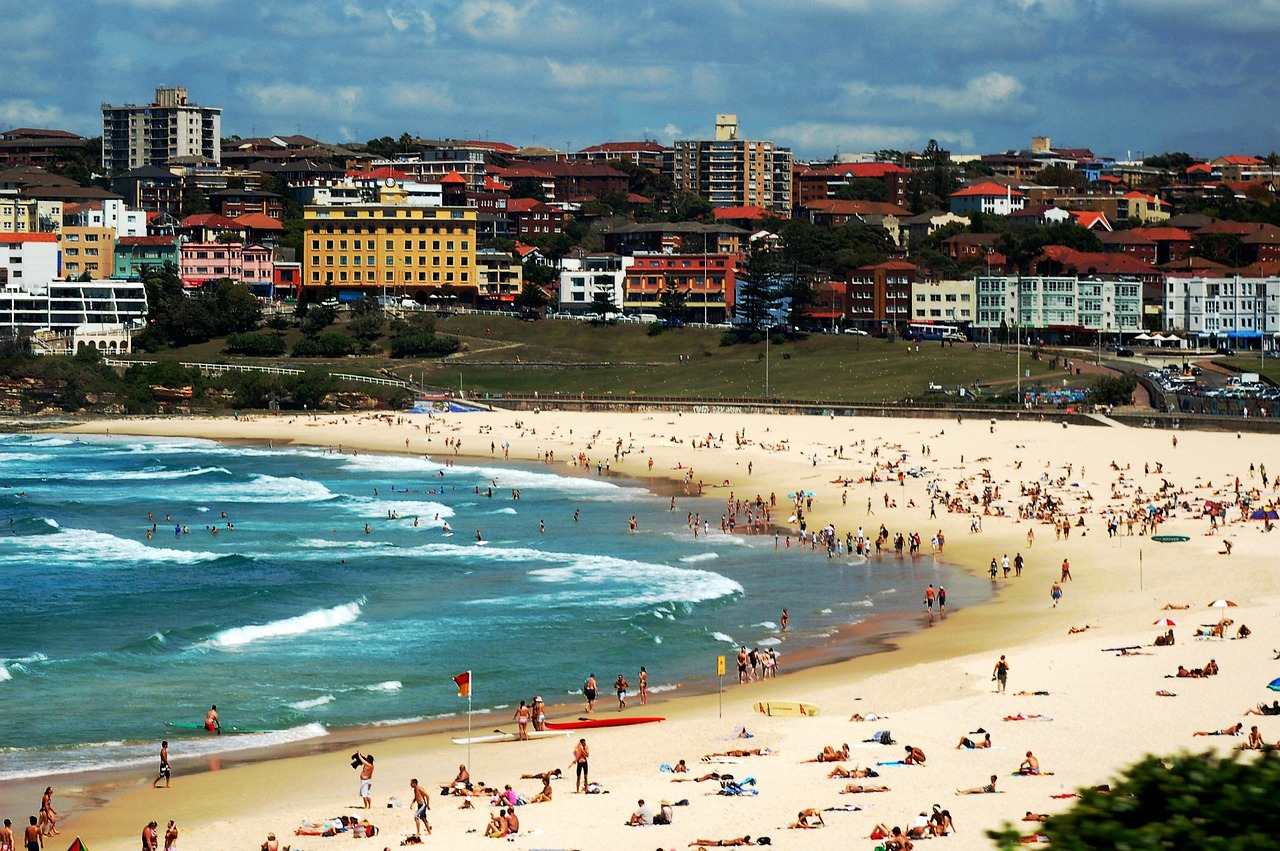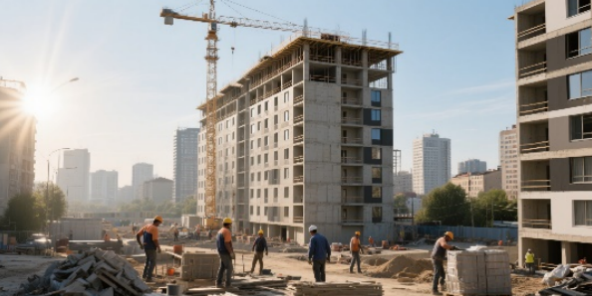
In an era of global economic uncertainty, savvy investors are shifting their focus to emerging markets that blend growth potential with stability. Bucharest, the vibrant capital of Romania, has emerged as a standout opportunity, delivering apartment yields of up to 8%—a figure that outpaces many Western European hubs. This surge isn’t accidental; it’s a product of Romania’s strategic EU membership, rapid urban transformation, and a unique combination of affordability and upward momentum.
The EU Membership Advantage: Stability and Growth Catalyst
Since joining the European Union in 2007, Romania has undergone a profound economic evolution, and Bucharest has been its epicenter. EU membership brings more than just market access; it provides a framework of legal consistency, regulatory standards, and infrastructure investment that mitigates risk for international investors. The European Union’s structural funds, totaling over €13 billion for Romania between 2021–2027, are pouring into Bucharest’s transportation networks (think new metro lines and highway expansions), digital infrastructure, and sustainable urban projects. These upgrades not only enhance quality of life but also solidify the city’s appeal as a long-term investment destination.
Investors benefit from the stability of a currency pegged to the euro (the leu operates under a managed float) and EU-aligned property laws that protect ownership rights. Unlike some non-EU Eastern European markets, Bucharest offers the security of a legal system harmonized with EU standards, reducing fears of bureaucratic unpredictability or expropriation risks.
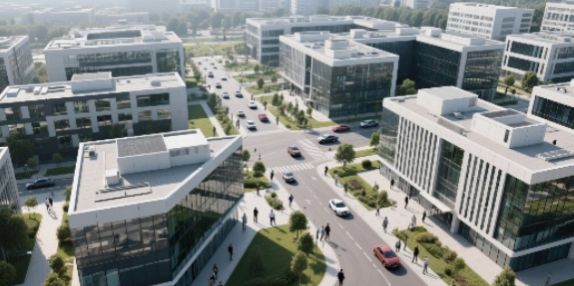
Supply-Demand Imbalance Drives Rental Yields
Bucharest’s rental market is red-hot, fueled by two powerful trends: rapid urbanization and a shortage of modern housing. Romania’s capital attracts over 100,000 new residents annually, including young professionals, expats, and students, drawn by expanding tech hubs (home to over 600 IT companies) and a vibrant startup scene. Meanwhile, the city’s housing stock lags far behind demand—only 12,000 new apartments were completed in 2024, versus an estimated annual need of 30,000 units.
This mismatch creates a landlord’s paradise. Prime downtown apartments command rents of €1,200–€1,500 per month for 80m² units, while purchase prices average just €1,800–€2,500 per m²—a fraction of Paris (€12,000/m²) or Berlin (€7,000/m²). Even after factoring in mortgage costs and management fees, gross yields frequently hit 7–8%, significantly higher than the 3–4% typical in Western Europe. Short-term rentals via platforms like Airbnb add another layer of potential, with occupancy rates exceeding 75% in tourist-friendly districts like the historic Old Town.
Economic Diversification and Quality of Life
Bucharest’s economy is no longer reliant on traditional industries; it’s a 21st-century hub for tech, finance, and creative services. Multinational corporations like IBM, Oracle, and Accenture have established major offices here, drawn by a skilled workforce (40% of residents hold university degrees) and labor costs 40% lower than in Western Europe. This professional class drives demand for modern, well-located apartments with amenities like co-working spaces, smart home features, and green areas—properties that appreciate in value as the city’s middle class expands.
Quality of life further amplifies the city’s appeal. Bucharest boasts a UNESCO-listed cultural scene, lush parks (Herăstrău Park spans 187 hectares), and a low cost of living—50% cheaper than London for everyday expenses. For investors, this translates to a tenant pool less likely to default and more willing to pay premiums for upgraded living spaces.
Navigating the Market: Tips for Investors
Newcomers should focus on neighborhoods like Floreasca (tech hub proximity), Pipera (gated communities with international schools), and the Central Business District (CBD), where infrastructure projects are most concentrated. Off-plan purchases offer the best entry prices, with developers often providing 10–15% discounts for early buyers. Partnering with local agencies familiar with EU-compliant transactions is crucial to navigate paperwork efficiently—most processes are digital, thanks to Romania’s e-government initiatives, but legal due diligence remains essential.
While no market is risk-free, Bucharest’s EU membership provides a safety net unmatched in the region. The city’s trajectory mirrors that of Warsaw or Budapest a decade ago—before their property booms—offering a rare window into a market still undervalued by global standards.
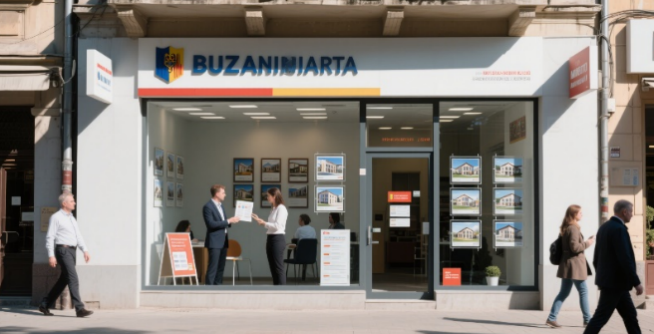
The Bottom Line: Timing is Everything
As Western European real estate markets stagnate under high prices and strict regulations, Bucharest stands out as a dynamic, EU-backed alternative with tangible growth drivers. Its 8% yields aren’t just a number; they’re a reflection of a city evolving at breakneck speed, backed by the stability of Europe’s largest economic bloc. For investors aged 20–40—whether building a portfolio or seeking passive income—Bucharest offers something rare in today’s market: high reward with a clear, EU-powered path to success. The time to enter is now, before the rest of the world catches on.


